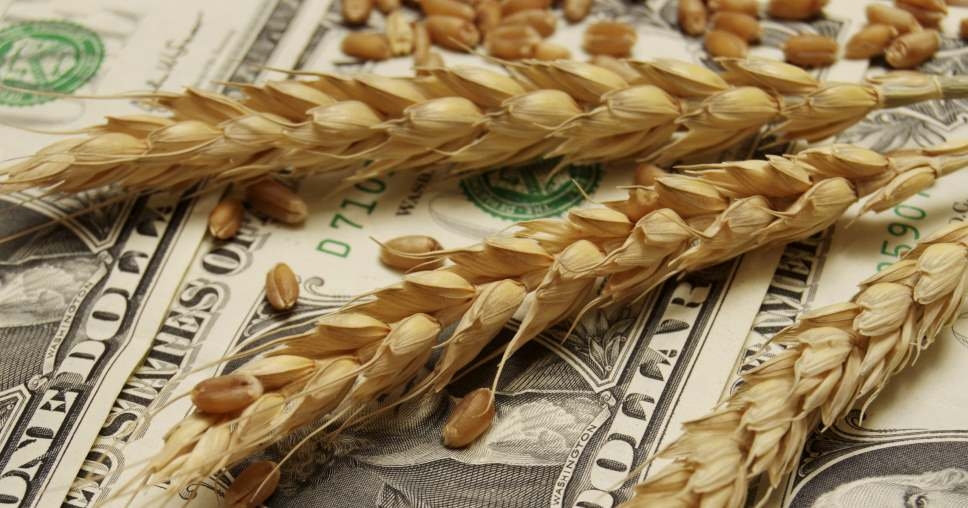Wheat prices fell, although acreage and stocks were lower than expected

The USDA's quarterly U.S. acreage and stocks reports were more pessimistic than analysts expected, but wheat prices continued to fall after the corn market, for which acreage estimates were unexpectedly increased significantly.
According to NASS USDA, 49.628 million acres of wheat were planted in the US in 2023, which is 227 thousand acres less than the March forecast and 28 thousand acres less than the average estimate of analysts. Estimates of winter wheat acreage were reduced by 500,000 acres to 37 million acres, while spring acreage was increased by 600,000 acres to 11.14 million acres, while analysts estimated them at 37.3 and 10.5 million acres, respectively.
The estimate for corn planting area was raised immediately by 2 million acres to 94.096 million acres, although analysts had expected a decline in acreage from the March forecast.
Wheat stocks in the USA as of June 1 amounted to 15.8 million tons, which is 20% less than last year's level and 5% less than analysts' average estimate.
Despite the pessimistic data from the reports, wheat prices continued to fall, and in the last decade of June, they completely lost the previous 20-day growth.
July wheat futures fell on the data reports on Friday:
- by 2.7% to $233.8/t - for soft winter SRW wheat in Chicago (-15.4% for the week, +1.8% for the month),
- by 0.7% to $294.7/t - for hard spring HRS-wheat in Minneapolis (-7.8%; -2.2%).
- by 0.3% to $233.5/t – for Black Sea wheat in Chicago (-1.5%; -8.4%).
- by 1% to €230.75/t or $251.7/t – September wheat futures on Paris Euronext (-7%; +5.5%).
At the same time, HRW hard winter wheat futures in Kansas City rose by 0.9% to $294.4/t (-7.3% for the week, -2.6% for the month).
The weather in the US in the regions where spring wheat is planted is better than where winter wheat is grown, so quotes are under pressure from weather factors. The wheat harvest will be at or slightly lower than last year, but not as much as analysts had previously expected.


